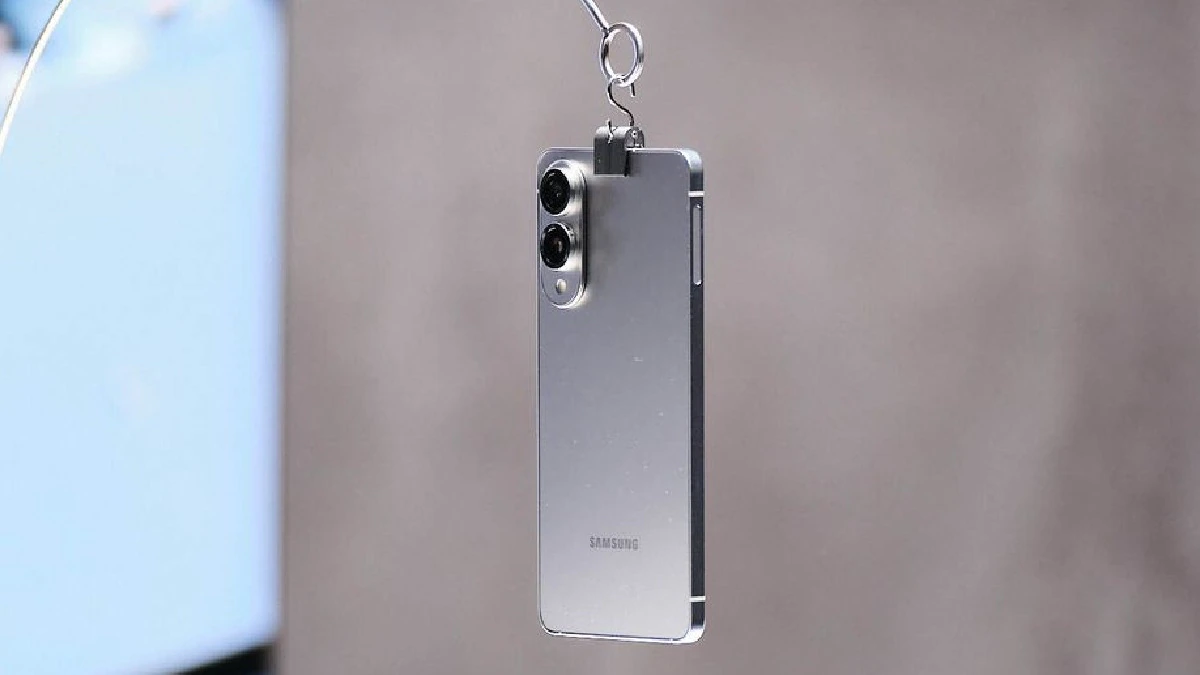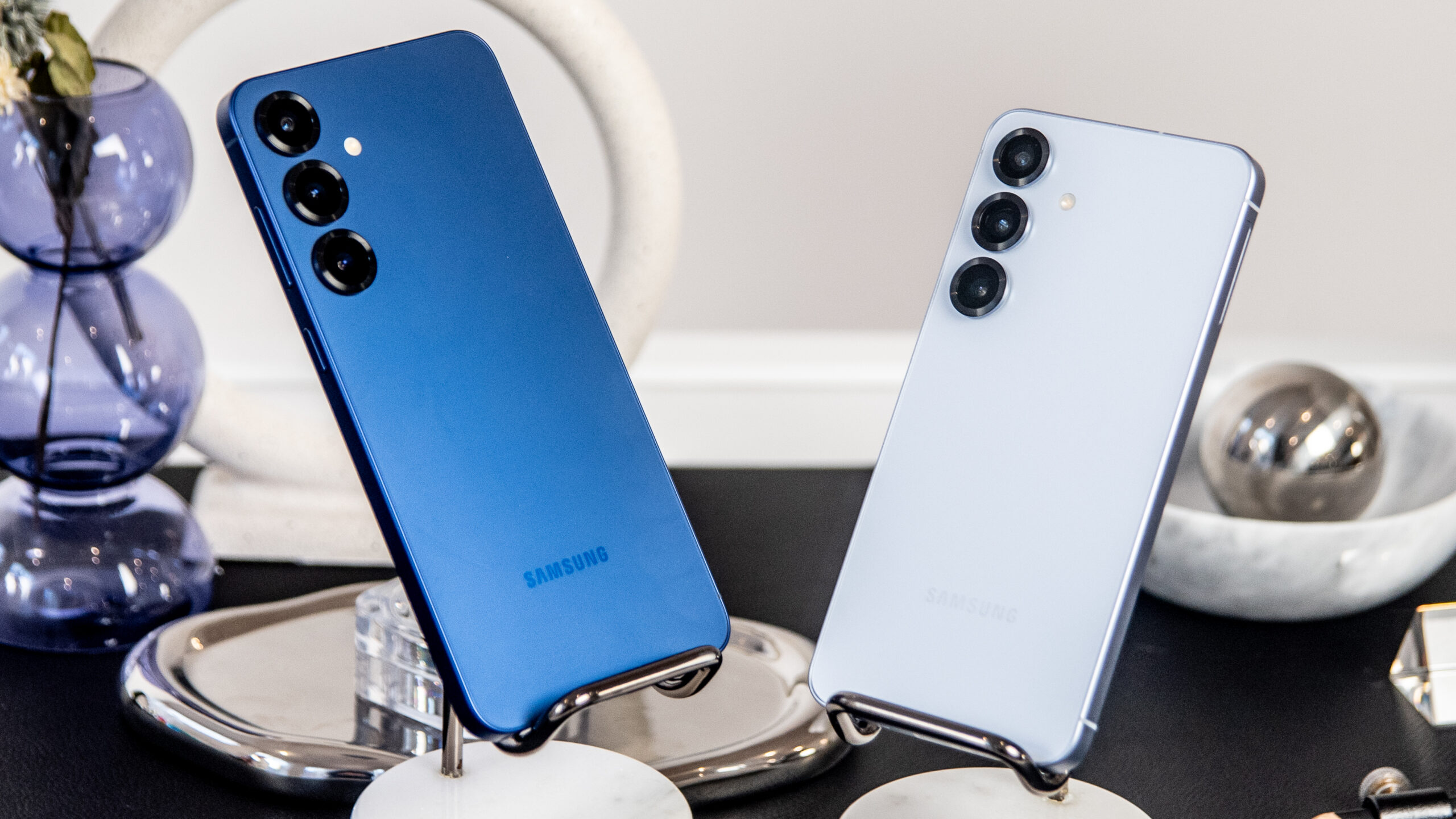The latest Android 15 QPR2 Beta 3 update, released in January 2025, has introduced a frustrating bug for Pixel phone users: the 80% charge limit feature appears to be broken. This issue, first reported by users on Reddit and tech websites like Android Police, is causing Pixel phones to ignore the 80% cap and charge to 100%, even when the setting is enabled. This bug is impacting a wide range of Pixel devices, including the Pixel 7, Pixel 8, and Pixel 9 series.
Google introduced the 80% charge limit in Android 15 QPR1 as a way to help users preserve their battery health. Lithium-ion batteries, like those found in Pixel phones, degrade over time, and constantly charging to 100% can accelerate this process. By limiting the maximum charge, users could potentially extend the lifespan of their batteries. However, this latest beta update seems to have rendered this feature useless, much to the dismay of Pixel owners.
Understanding the 80% Charge Limit and Its Importance
Before we delve deeper into the bug, let’s understand why this feature is so important.
- Battery Longevity: Keeping your battery between 20% and 80% charge is widely considered the optimal range for minimizing wear and tear.
- Reduced Heat: Charging to 100% generates more heat, which can also negatively impact battery health over time.
- Improved User Experience: While the 80% limit might mean slightly less usage time between charges, it contributes to a longer overall lifespan for your Pixel’s battery.
The Impact of the Bug
This bug is not just a minor inconvenience; it has real implications for Pixel users:
- Unintended Battery Wear: Users who rely on the 80% limit to prolong their battery life are now unknowingly subjecting their batteries to potentially damaging charging practices.
- Frustration and Loss of Control: Many users feel they’ve lost control over a key feature designed to improve their phone usage experience.
- Erosion of Trust: For some, this bug raises concerns about the quality control of Android beta updates and might make them hesitant to participate in future beta programs.
Is it a Bug or a Feature?
While Google has stated in the past that Pixels might occasionally override the 80% limit to recalibrate battery capacity estimates, the widespread reports and the consistency of the issue suggest this is not the intended behavior. It’s highly likely a bug introduced in the QPR2 Beta 3 update.
My Personal Experience
As someone who’s been using the 80% charge limit since it was introduced, I was incredibly frustrated when I updated to the latest beta and discovered this bug. I specifically opted into the beta program to test new features and provide feedback, but encountering such a significant issue with a feature I rely on daily has been disappointing. I immediately reported the bug through the feedback channels and rolled back to the previous stable Android version.
What Can You Do?
If you’re a Pixel user and haven’t updated to the Android 15 QPR2 Beta 3 yet, it’s strongly advised to hold off, especially if you utilize the 80% charge limit. If you’ve already updated and are experiencing this issue, here are some options:
- Report the Bug: Use the built-in feedback tool on your Pixel to report the issue to Google. The more reports they receive, the quicker they can address it.
- Rollback to a Stable Version: Consider reverting to the previous stable Android version until a fix is released.
- Monitor Battery Health: Keep a close eye on your battery health in the settings. If you notice any significant decline, consider contacting Google support.
- Explore Third-Party Apps: Some battery management apps might offer workarounds to limit charging, though these might not be as effective as the native feature.
Google has yet to officially acknowledge this bug or provide a timeline for a fix. However, given the widespread reports and the attention it’s receiving online, it’s likely they are aware of the issue and working on a solution. We can expect a fix to be included in a future beta update or the stable release of Android 15 QPR2.
This incident highlights the inherent risks of participating in beta programs. While betas offer early access to new features and a chance to contribute to software development, they can also come with unexpected bugs and instability. It’s crucial to weigh these factors before installing beta software on your primary device.








Add Comment